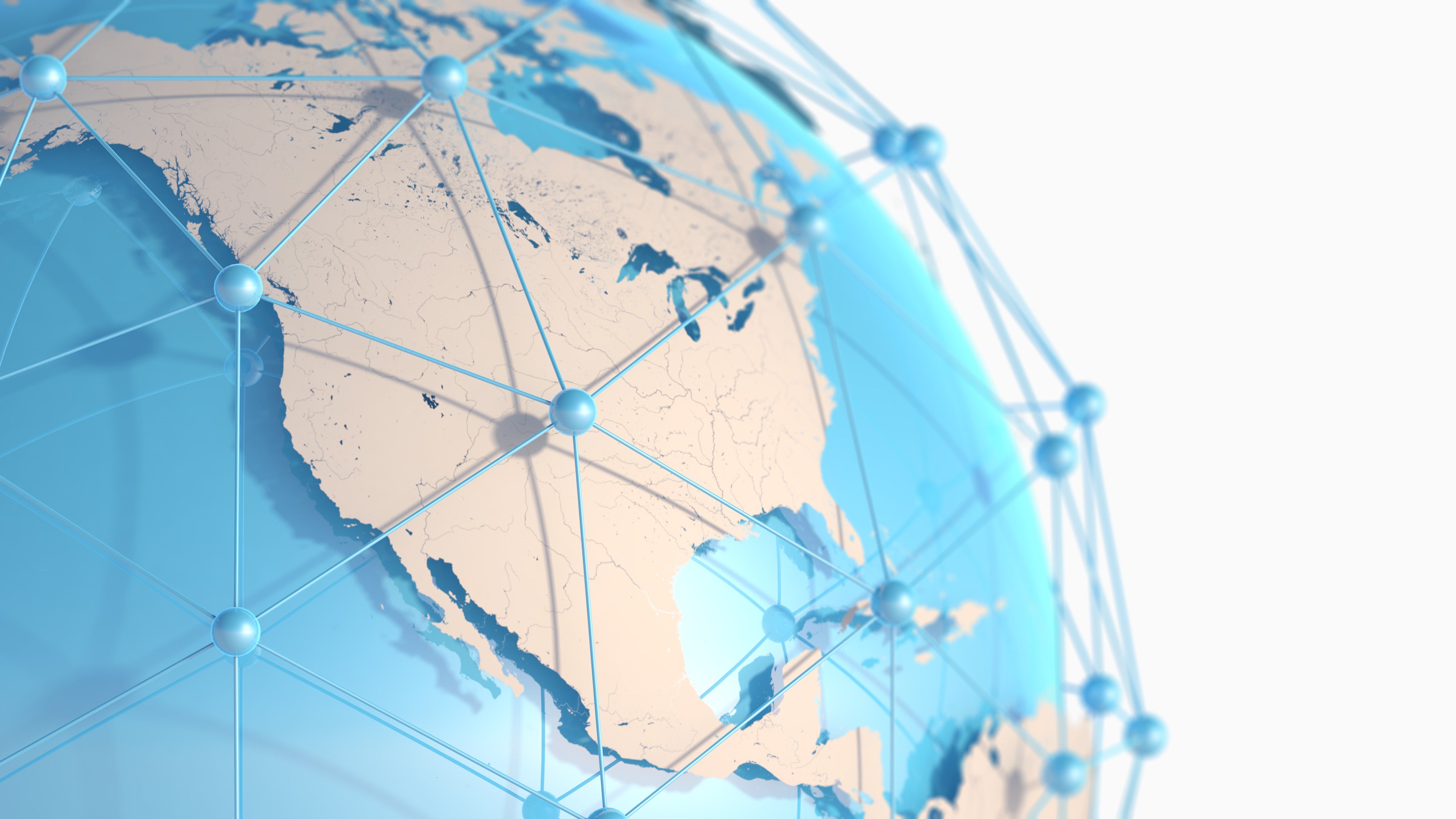Dirty beaches, trash-clogged waterways, and threatened aquatic ecosystems might seem like a “third world” problem that doesn’t apply to the developed, wealthy nations in North America. But ocean plastic is a real problem there, too.
It starts with the fact that the United States has one of the lowest plastic recycling rates in the world. Europe (30%) and China (25%) are recycling at rates exponentially higher than the U.S., which is recycling less than 10% of the plastic it consumes.
And Americans consume a lot of plastic—an average of 234 pounds of plastic is produced per capita annually. While America has tried to “outsource” its waste to other countries for processing and recycling, those countries are increasingly refusing to accept this material.
America’s neighbors to the North might have a better reputation, but they’re also major contributors to the problem. Canadians also have a low 9% plastic recycling rate and produce more garbage per capita than any other country on Earth.
Combining a low recycling rate and high usage rate means way more plastic must end up somewhere… and that unfortunately often ends up in waterways that eventually lead to the ocean. In fact, 80% of plastic in the oceans originated on land, while the remaining 20% comes from marine sources.

A single source of multiple problems
Plastic waste represents one of the biggest threats to North American coastlines. And with no cessation in plastic usage on the horizon, these problems are destined to get much, much worse in the coming decades. Some estimates say there will be more plastic in the ocean than fish by 2050.
Ocean plastic creates a tangled web of problems for North American beaches:
Microplastic pollution
As plastic waste makes its way through the ecosystem, much of it gets broken down into smaller and smaller pieces, eventually becoming what’s known as microplastic. These tiny fragments have found their way into everything… even people.
The Great Lakes actually have the second-highest concentration of microplastics of any beaches in the world. And no matter how much effort is put into beach cleanups, much is missed thanks to the small size of these particles and more is deposited there every day.
Tourism and marine activities
When someone books a seaside vacation, they’re looking for pristine shorelines, with rocky coasts and sandy beaches greeting the relentless pounding of waves. Plastic littering the shore and floating in the water don’t really match up with that vision.
Garbage patches, litter-strewn beaches, and underwater seascapes cluttered with plastic waste make it far less appealing to book a snorkeling, scuba-diving or fishing excursion.

Fishing
Seafood is a major part of the North American diet, but ocean plastics are threatening the viability of this industry. Abandoned fishing nets get tangled in the engines and rotors of fishing vessels, and their hauls are often impacted by animals and environments plagued with ocean plastic.
The industry is also at risk of losing some of its cash crop: the fish themselves. Microplastics are beginning to kill off fish before they reach the age of reproduction, which can cause populations to rapidly dwindle and eliminate their potential to be a food source.
Marine life
The ecosystem of the planet’s waters is extremely delicate. Minor deviations can create massive ripple effects, and ocean plastic is a common culprit in this domain. Sea turtles dying from being tangled in abandoned fishing gear off the coast of Mexico and the same thing killing off monk seals in Hawai’i, but the problem goes much deeper than that.
As plastics breakdown, they not only are consumed by hungry sea creatures, but the chemical additives also leach into the ecosystem. This can harm other marine animals and the underwater vegetation that supports them.
While rising temperatures killing off coral reefs get the headlines, plastic has plenty of underwater blood on its hands as well.
Make an impact of your own
Now that you understand the magnitude of the problem, your business must decide if they want to be part of the problem or the solution. Recycling ocean plastics can’t fix everything, but utilizing this resource has the double benefit of reducing the amount of plastic in our waters while eliminating the creation of more virgin plastics that eventually end up there.
Find out how your business can turn ocean plastics recycling into a key part of your commitment to sustainability and reducing your environmental impact.

